It's easy to take the food we eat for granted, but the truth is, there are a lot of bizarre, wonderful, and just plain weird things about what we eat and drink, the effects it has on our bodies, and vice-versa. Read on to learn how bugs provide food dye, the Japanese grow square watermelons, and more.
#1. Beer & Wine Saved Civilization
Anthropologists believe that cultivating beer and wine helped kill water-borne pathogens in ancient civilizations, thus ensuring that our ancestors survived and could make even more beer and wine. Thanks, ancestors!
During a cholera outbreak in the early 1800s in Inverness, Scotland, people were advised to avoid water or wash fruits and vegetables—and encouraged to drink instead, since alcohol could kill the cholera pathogen.
And there are many stories about Dubliners drinking Guinness during World War II when no potable water was available.
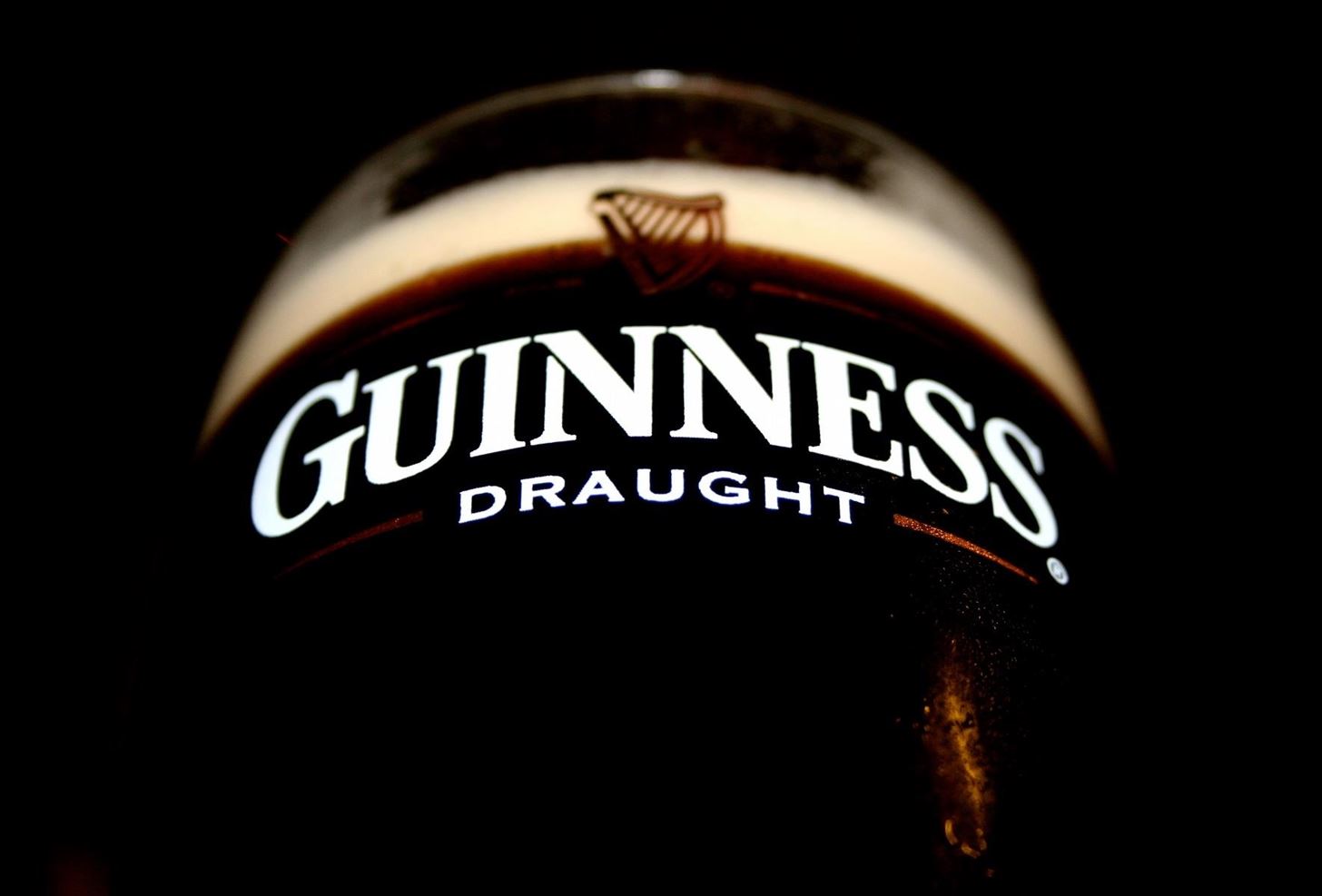
Bonus: To make bad-tasting alcohol taste better, check out my guides for turning crappy wine into good wine and nasty vodka into the good stuff. Sorry, beer drinkers, if your beers sucks you should get better beer.
#2. Figs Aren't Exactly Vegan
Figs are a fruit, but it turns out that some animals (well, insects) do die in their making. A few types of figs are pollinated by wasps, who are then "incorporated" into the fig once their biological duty is finished. For this reason, some vegans eschew figs. However, other vegans say that this relationship is symbiotic, and continue to enjoy the fruit.

Bonus: Did you know you're supposed to cool off figs as soon as you get them and store them in perforated containers? Check out my guide on using your fridge correctly for more info.
#3. Coconut Water Can Be Used Instead of Blood
But that's no reason to rush out and start rigging up coconuts and IV lines. Turns out that in the year 2000, a coconut IV was used on a Solomon Islands stroke sufferer when no other fluids were available. There are also reports that during WWII, the British and Japanese used coconuts in the same manner. Remember, we're talking about coconut water here, or the clearish fluid found inside young coconuts—not coconut milk—which is the thick, creamy-white substance made from grated coconut flesh mixed with water.

Coconut water is actually hypotonic to blood (i.e., lower in concentration of solutes), more acidic, and has less sodium than either plasma or saline solution. It's definitely not ideal to use in a medical situation, but word is it can work in an emergency.
#4. Old Paper Smells Like Vanilla
Trees contain lignin, which is a polymer that is related to vanillin. Once trees are turned into paper and sit around for a while, lignin breaks down and emits a sweet aroma similar to vanilla.

As Luca Turin, author and biophysicist, so charmingly puts it, "…divine providence has arranged for secondhand bookstores to smell like good-quality vanilla absolute, subliminally stoking a hunger for knowledge in all of us."
#5. Crushed Bugs = Food Dye
Carmine (also called cochineal) can turn foods a deep red, purple, or pink hue and is used in fruit juices, candy, and some dairy products like yogurt and ice cream. The cochineal bug (and it really is a bug, not a beetle, as other sources might claim) was used by the Aztecs to produce vibrant, highly valued dyes that they used in making cloth.

While some folks might exclaim that they're being fed bugs against their will (Starbucks was using it in certain drinks and foods), consider that the alternatives are potentially carcinogenic and petroleum-derived Red Dye No. 2 and 40.
#6. Ketchup Is from China
That stuff you spatter all over your fries seems as all-American as apple pie, except that it originated in China as a fish sauce called ke-tchup. When British traders tried to recreate the sauce at home, they experimented with walnuts and mushrooms. In the mid-1800s, Americans tried making it with tomatoes.

An Ohio doctor named John Cook Bennett proposed that tomato ketchup could solve all kinds of health problems, including diarrhea and indigestion. Soon, tomato ketchup was being sold in pill form as a medicine across the country.
#7. The Japanese Grow Square Watermelons
The Japanese can design the crap out of anything, including cars and airplanes, but did you know that Japanese farmers grow square watermelons because they're easier to stack and cut?

In the 1980s, a forward-thinking farmer on Shikoku Island grew the melons in a glass cube, which soon conformed to a square shape. Now specialty farmers are growing watermelons that are shaped like hearts, cartoon bombs, and even a "Godzilla egg." The process can take several years to perfect, which is one reason why these specially shaped melons tend to be terribly expensive—a square one can go for up to $125, while a large heart-shaped one can be $350.
#8. An Eleven-Year-Old Invented the Popsicle
In 1905, eleven-year-old Frank Epperson left a stirring stick in a mix of powdered soda and water out on the porch. Overnight, the temperatures dropped to surprising lows, so when the boy found it the next morning, the drink had frozen around the stick. Eighteen years later, he patented it as the "Epsicle" and began producing them in many flavors. Meanwhile, his children began to refer to them as "popsicles."

The Popsicle Company, which eventually bought the rights to Epperson's invention, now says it sells over two billion popsicles every year. That's a lot of wooden sticks.
#9. Eating Ginger Lessens Muscle Pain & Soreness
Fresh ginger is famed for its ability to quell nausea, but it turns out that eating it regularly can also help alleviate muscle soreness. Like turmeric (another root being studied for its medicinal benefits), ginger contains volatile oils anti-inflammatory compounds that showed good results in lessening muscle pain, especially from intense exercise. These double-blind studies go on to say that the ginger was effective only when consumed after physical effort, not before.

The researchers aren't quite sure why it's so effective, but gingerol, which is the active constitutent in ginger and gives the root its heated bite, is analgesic and sedative in studies conducted on animals. It's what inspired them to try it out on people.
#10. Strawberries Aren't Berries (But Pumpkins Are)
In Regular Food World (i.e., where most of us shop and eat), strawberries, raspberries, and blackberries are classified as berries. In Science Food World, bananas, tomatoes, pumpkins, avocados, and watermelon are true berries, while what we think of as berries are something else entirely.

A berry is actually a "fleshy fruit born from a single ovary." So blackberries and raspberries are actually aggregate fruits because they contain the seeds of several different ovaries from the same flower. Strawberries are accessory aggregate fruits because the multiple ovaries formed one single fruit rather than individual druplets as they do in the raspberry and blackberry.

Also technically not a berry, no matter what her last name is.
#11. Women Smell Like Onions, Men Like Cheese
It's been said that the spice cumin smells like sweat, but that's not quite true. Sweat in and of itself doesn't smell—when sweat bonds with proteins, then it smells.
However, researchers in Switzerland have discovered that there is a big difference between the sexes when it comes to sweat. Firmenich, a Geneva-based company which does research for food and perfume companies, conducted a study and discovered that women's sweat contains higher levels of a sulphur-containing compound than men's (5 milligrams per milliliter of sweat versus 0.5 in men).
Garlic, onions, and grapefruit are three of the highest sulphur-containing foods. Meanwhile, men had higher levels of an odorless fatty acid in their sweat, which gives off a cheesy smell once it comes into contact with armpit bacteria. Stinky but true.

Bonus: Speaking of onions and cheese, check out our onion cheat sheet and guide on keeping cheese fresh and mold-free.
Just updated your iPhone? You'll find new emoji, enhanced security, podcast transcripts, Apple Cash virtual numbers, and other useful features. There are even new additions hidden within Safari. Find out what's new and changed on your iPhone with the iOS 17.4 update.











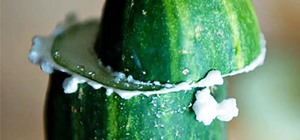
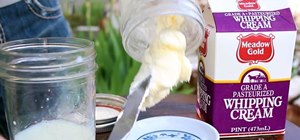
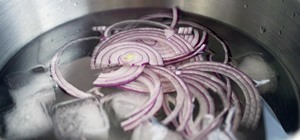
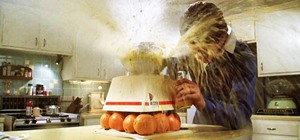
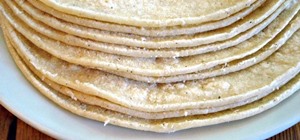

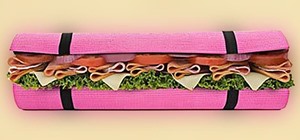





Be the First to Comment
Share Your Thoughts